Home>Gardening & Outdoor>Outdoor Recreation & Activities>What Is The Weight Limit On A Bounce House
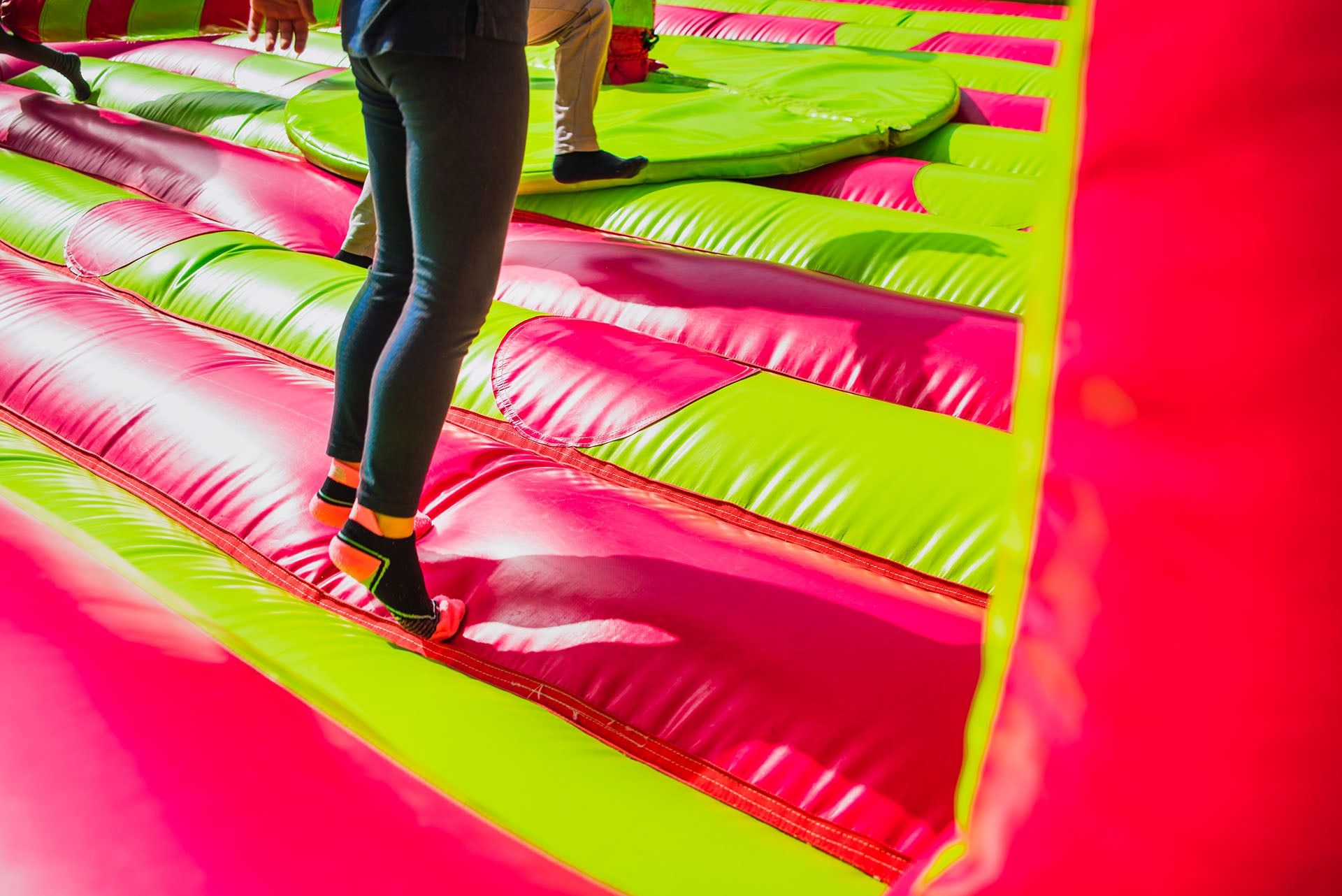

Outdoor Recreation & Activities
What Is The Weight Limit On A Bounce House
Published: January 4, 2024
Discover the weight limit on bounce houses and ensure safe outdoor recreation and activities. Learn how to maximize fun while staying within safety guidelines.
(Many of the links in this article redirect to a specific reviewed product. Your purchase of these products through affiliate links helps to generate commission for Storables.com, at no extra cost. Learn more)
Introduction
Bounce houses, also known as inflatable castles or moonwalks, have become a staple at children's parties, carnivals, and other outdoor events. These colorful and bouncy structures provide endless entertainment for kids, allowing them to jump, play, and release their boundless energy in a safe and controlled environment. However, as with any recreational equipment, it's essential to understand and adhere to the weight limits to ensure the safety of all participants.
In this comprehensive guide, we will delve into the weight limits of bounce houses, exploring the factors that influence these limits, safety considerations, and much more. Whether you're a parent planning a birthday party or an event organizer arranging a community gathering, this article will equip you with the knowledge needed to make informed decisions regarding bounce house usage. So, let's bounce right in and unravel the mysteries of bounce house weight limits!
Key Takeaways:
- Bounce houses have weight limits to keep everyone safe. Factors like design, size, and material strength affect these limits, so always follow guidelines for a fun and secure experience.
- Safety is crucial in bounce house fun. Even weight distribution, age guidelines, supervision, and regular maintenance help create a secure and enjoyable environment for everyone involved.
Read more: What Is A Bounce House
Understanding Bounce House Weight Limits
Before delving into the specifics of bounce house weight limits, it’s crucial to grasp the fundamental concept behind these restrictions. Essentially, the weight limit of a bounce house refers to the maximum amount of combined weight it can safely support at any given time. This includes the weight of all occupants, regardless of whether they are children or adults, as well as any additional items or accessories placed inside the bounce house.
Manufacturers meticulously engineer bounce houses to withstand a certain amount of weight, ensuring that they remain structurally sound and stable during use. Exceeding the specified weight limit can compromise the integrity of the inflatable, leading to potential safety hazards and structural failures.
It’s important to note that bounce houses come in various sizes and designs, and as such, their weight limits can vary significantly. Smaller residential bounce houses intended for home use typically have lower weight limits compared to larger commercial-grade units designed for events and rental businesses. Therefore, it’s imperative to consult the manufacturer’s guidelines or product specifications to ascertain the precise weight limit of a particular bounce house.
Understanding the weight limit of a bounce house is essential for ensuring the safety and enjoyment of all participants. By adhering to these limitations, you can mitigate the risk of accidents and prolong the lifespan of the inflatable, ultimately enhancing the overall experience for everyone involved.
Factors Affecting Bounce House Weight Limits
Several key factors influence the weight limits of bounce houses, and understanding these elements is crucial for making informed decisions when using or renting these inflatables. Let’s explore the primary factors that contribute to bounce house weight limits:
- Design and Construction: The design and construction of a bounce house play a pivotal role in determining its weight limit. Commercial-grade bounce houses often feature robust materials, reinforced stitching, and sturdy anchor points, allowing them to accommodate higher weight capacities. Conversely, residential models may have more modest weight limits due to their lighter construction and intended usage in smaller, controlled environments.
- Size and Dimensions: The size and dimensions of a bounce house directly impact its weight limit. Larger inflatables with expansive jumping surfaces and taller walls can typically support greater weight loads compared to their smaller counterparts. Additionally, the overall footprint and shape of the bounce house contribute to its weight-bearing capacity.
- Material Strength: The quality and strength of the materials used in manufacturing the bounce house significantly influence its weight limit. High-grade vinyl or PVC materials, reinforced seams, and industrial-strength stitching enhance the structural integrity of the inflatable, allowing it to withstand heavier loads without compromising safety.
- Inflation Method: The method of inflation, whether using a blower or manual pump, can impact the weight limit of a bounce house. Proper and consistent inflation is essential for maintaining the structural integrity of the inflatable, and the type and capacity of the blower used can affect the weight limit specifications.
- Intended Usage: The intended usage environment, such as residential backyard use versus commercial event settings, influences the weight limits of bounce houses. Inflatable units designed for commercial or rental purposes are often engineered to support higher weight capacities to accommodate a larger number of users in diverse settings.
By considering these factors, consumers and event organizers can make informed choices when selecting and utilizing bounce houses, ensuring that they adhere to the specified weight limits and prioritize safety at all times.
Always check the weight limit of a bounce house before use. Most standard bounce houses have a weight limit of around 600-800 pounds, but it’s important to confirm this with the manufacturer or rental company to ensure safety.
Safety Considerations for Bounce House Weight Limits
When it comes to bounce houses, safety should always be the top priority. Adhering to weight limits is a critical aspect of ensuring the safety of all participants, and there are several essential considerations to keep in mind:
- Distribution of Weight: It’s imperative to distribute the weight evenly across the bounce house to prevent excessive strain on specific areas. Encourage participants to disperse themselves throughout the inflatable rather than congregating in one section, promoting balanced weight distribution and minimizing stress on individual seams and anchor points.
- Age and Size Guidelines: Adhering to age and size guidelines recommended by the manufacturer is essential for maintaining a safe environment within the bounce house. Limiting the number of occupants and ensuring that they fall within the specified age and size ranges helps prevent overcrowding and reduces the risk of collisions and injuries during play.
- Supervision and Rules: Assigning responsible adult supervisors to oversee bounce house activities is crucial for enforcing safety rules and guidelines. These supervisors can monitor the number of participants, discourage rough play, and intervene if any unsafe behavior is observed, contributing to a secure and enjoyable experience for all.
- Weather Conditions: Weather conditions, such as strong winds, rain, or thunderstorms, can significantly impact the safety of bounce house usage. It’s essential to adhere to manufacturer recommendations regarding weather limitations and secure the inflatable properly to prevent accidents caused by adverse weather.
- Regular Inspections and Maintenance: Routinely inspecting the bounce house for signs of wear, damage, or improper inflation is crucial for identifying potential safety hazards. Additionally, adhering to a regular maintenance schedule, including cleaning, repairs, and storage protocols, helps prolong the lifespan of the inflatable and ensures its continued safety and functionality.
By prioritizing these safety considerations and diligently adhering to weight limits, individuals and event organizers can create a secure and enjoyable environment for bounce house activities, fostering memorable experiences for all participants while mitigating potential risks.
Conclusion
Understanding the weight limits of bounce houses is paramount for ensuring the safety, durability, and enjoyment of these inflatable structures. By comprehending the factors that influence weight limits, individuals and event organizers can make informed decisions when selecting, setting up, and supervising bounce house activities. It’s essential to consider the design, size, materials, and intended usage of the bounce house to ascertain its weight-bearing capacity accurately.
Moreover, prioritizing safety considerations, such as distributing weight evenly, adhering to age and size guidelines, providing supervision, and conducting regular inspections and maintenance, is crucial for fostering a secure environment for bounce house usage. By adhering to these safety measures, the risk of accidents and injuries can be significantly minimized, allowing participants to engage in lively and carefree play while maintaining peace of mind for parents and supervisors.
Ultimately, bounce houses offer a delightful and engaging recreational experience for children and adults alike, and by respecting the specified weight limits and embracing safety protocols, individuals can create memorable and enjoyable moments within these vibrant inflatables. Whether it’s a birthday celebration, a community event, or a festive gathering, bounce houses can continue to be a source of boundless fun and laughter, provided that safety and weight limits are conscientiously upheld.
In conclusion, a thorough understanding of bounce house weight limits, coupled with a steadfast commitment to safety, paves the way for countless hours of exhilarating and carefree bouncing, ensuring that every experience in a bounce house is filled with joy, laughter, and cherished memories for years to come.
Frequently Asked Questions about What Is The Weight Limit On A Bounce House
Was this page helpful?
At Storables.com, we guarantee accurate and reliable information. Our content, validated by Expert Board Contributors, is crafted following stringent Editorial Policies. We're committed to providing you with well-researched, expert-backed insights for all your informational needs.
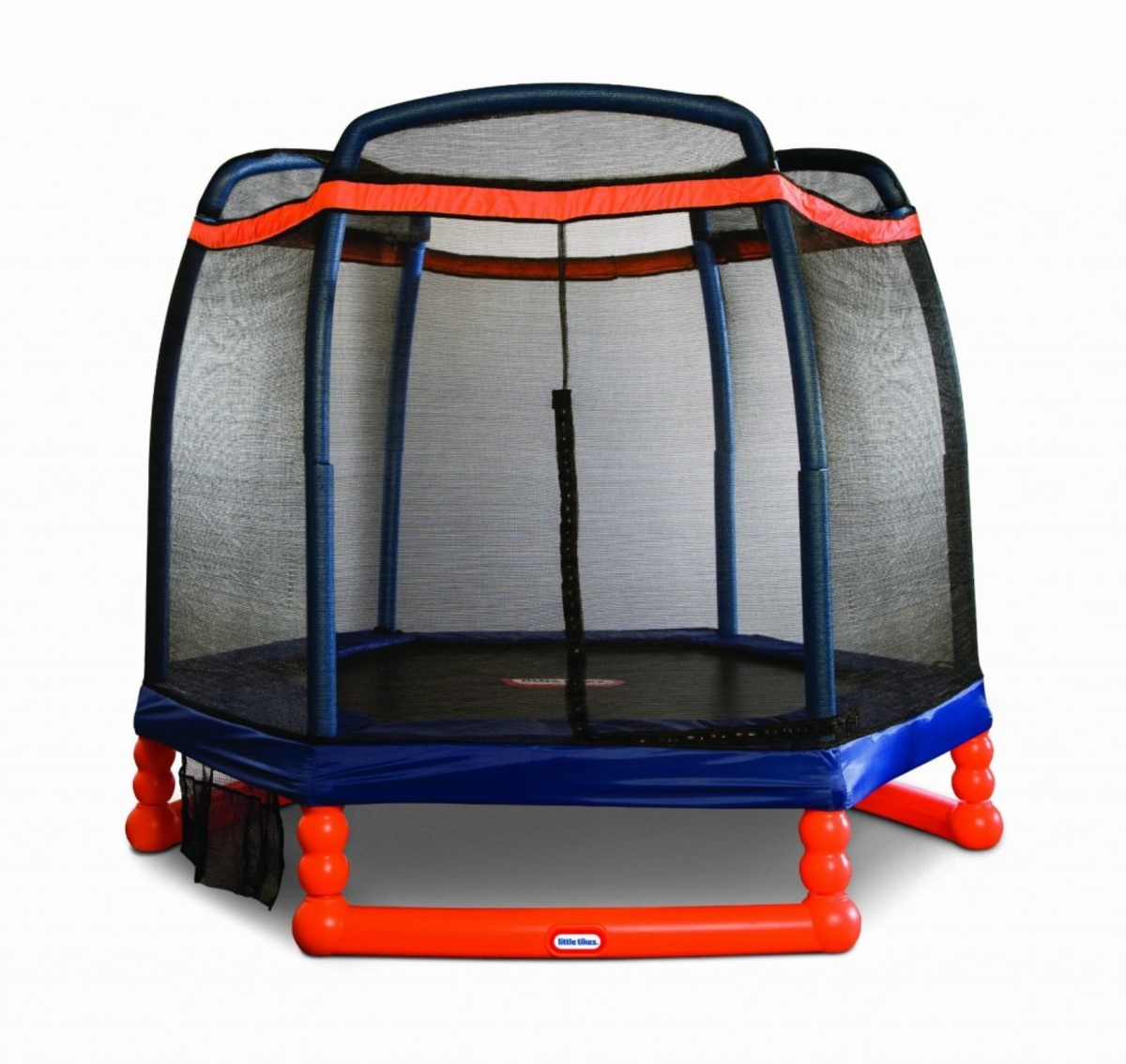
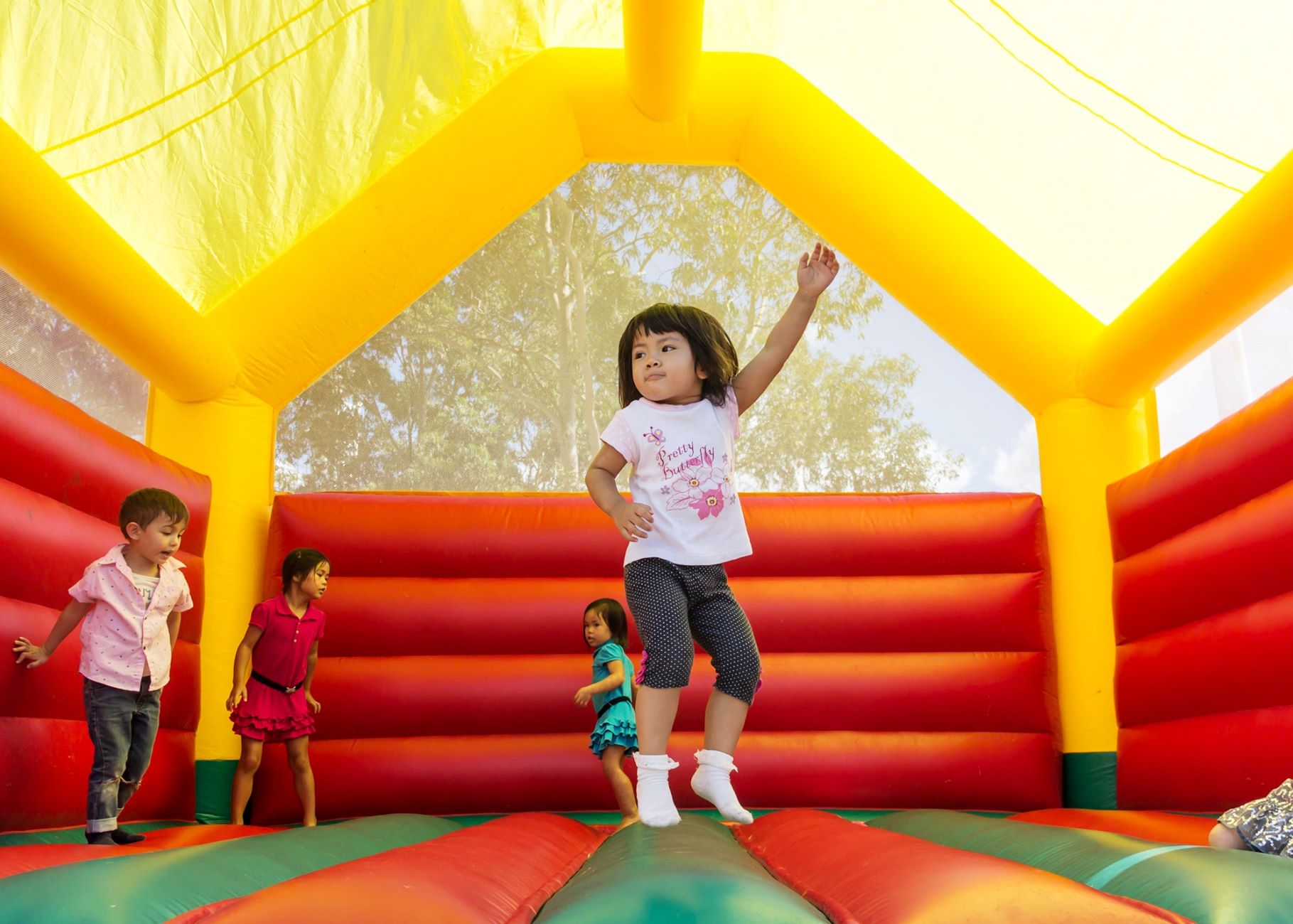
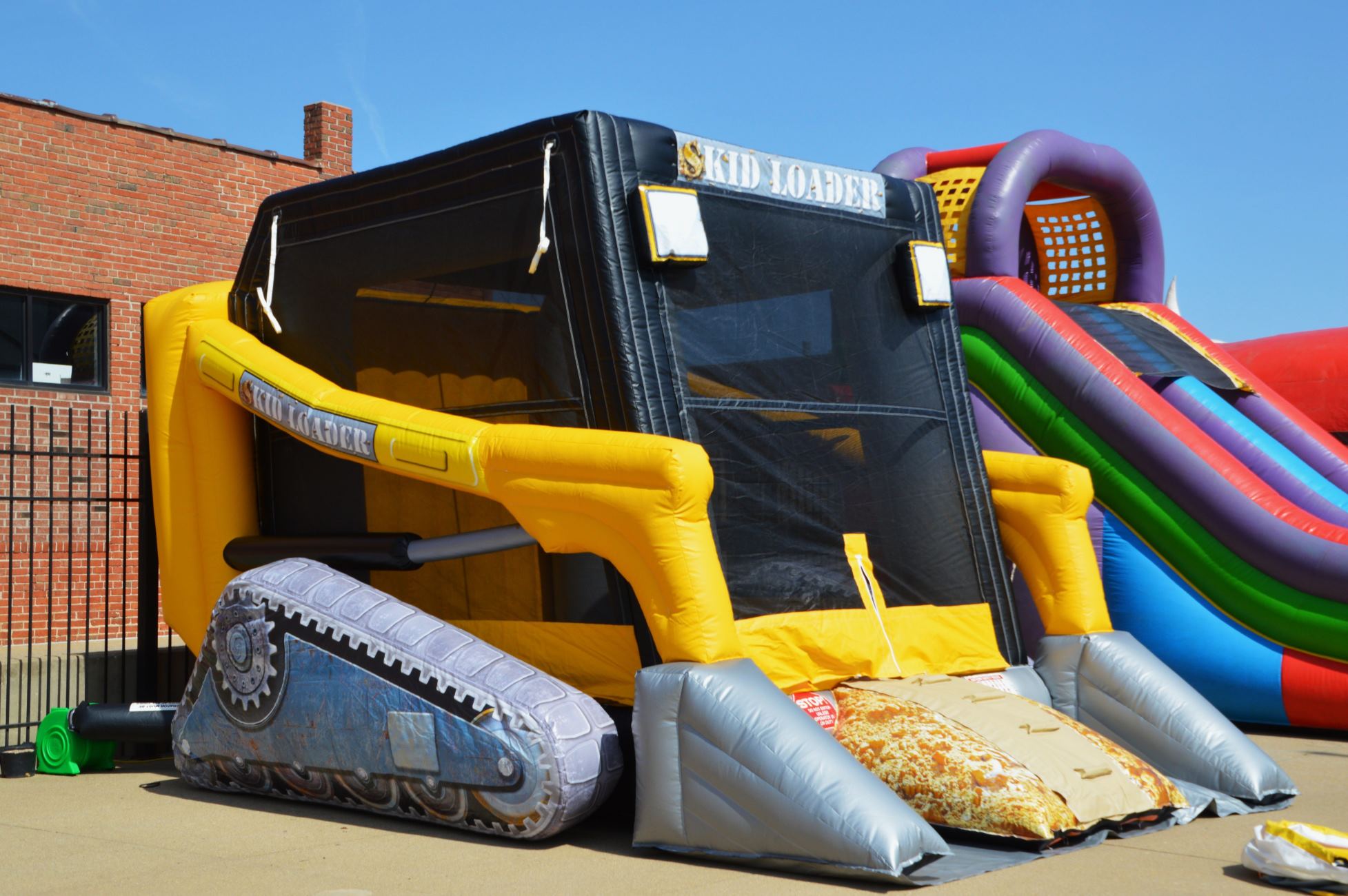
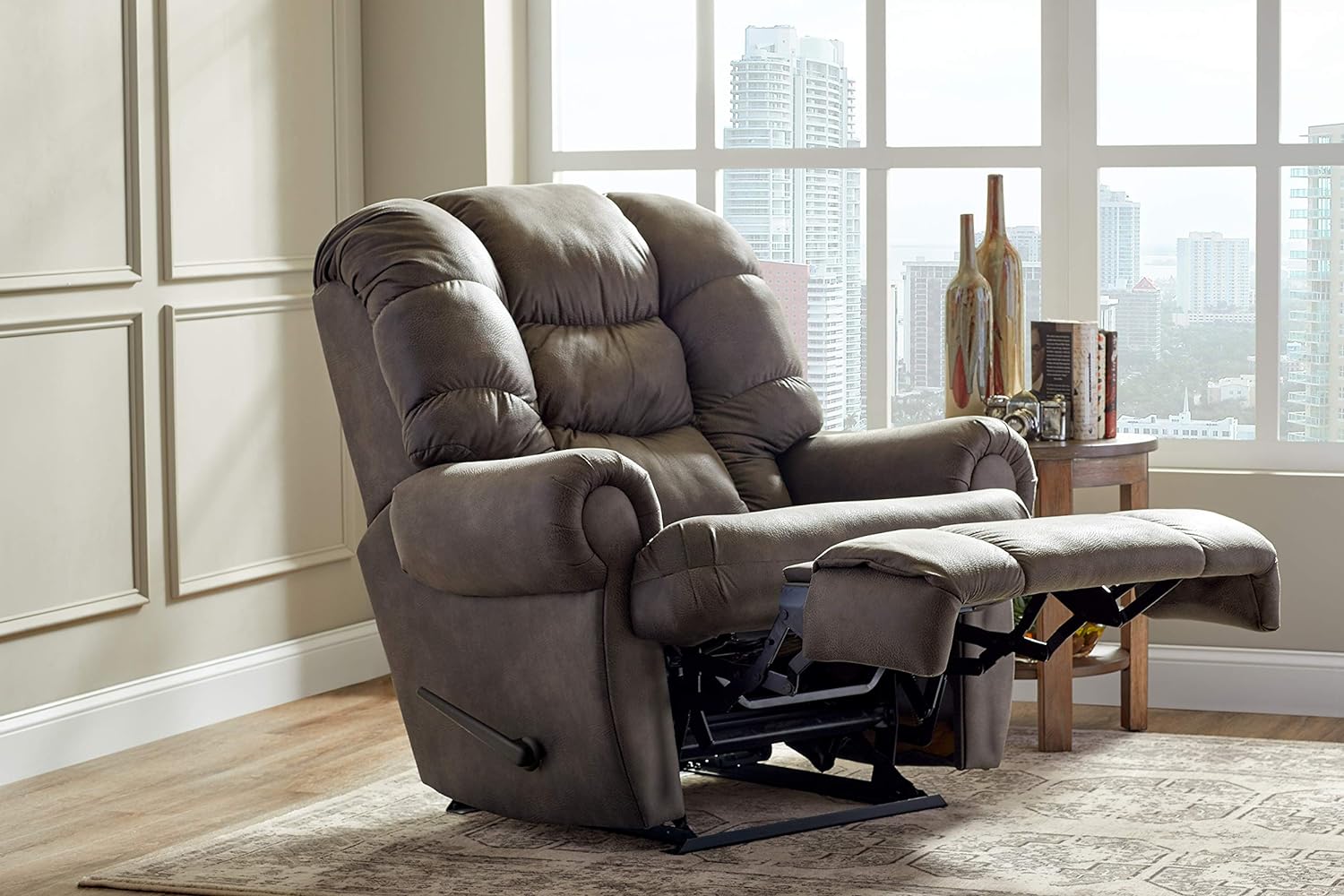
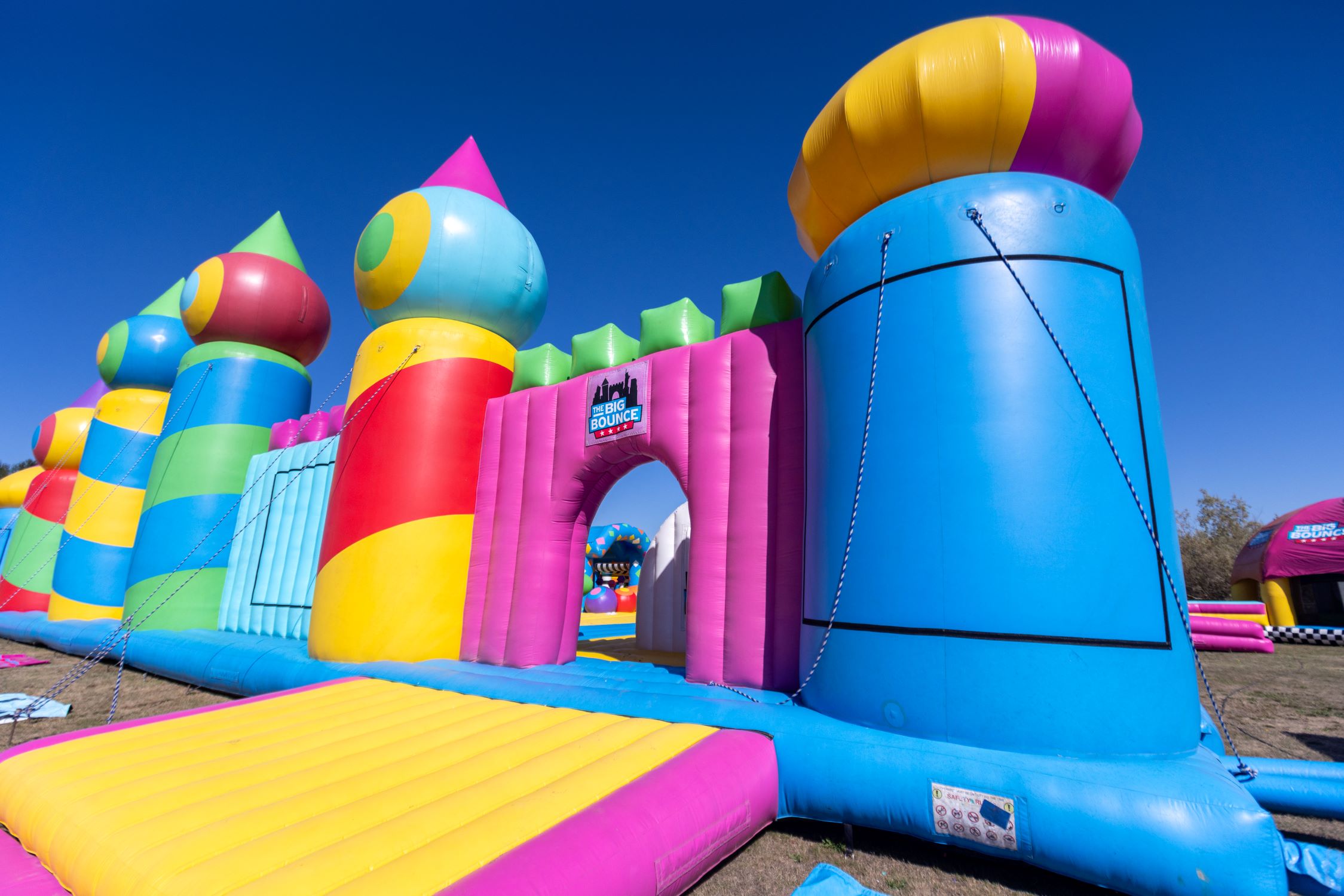
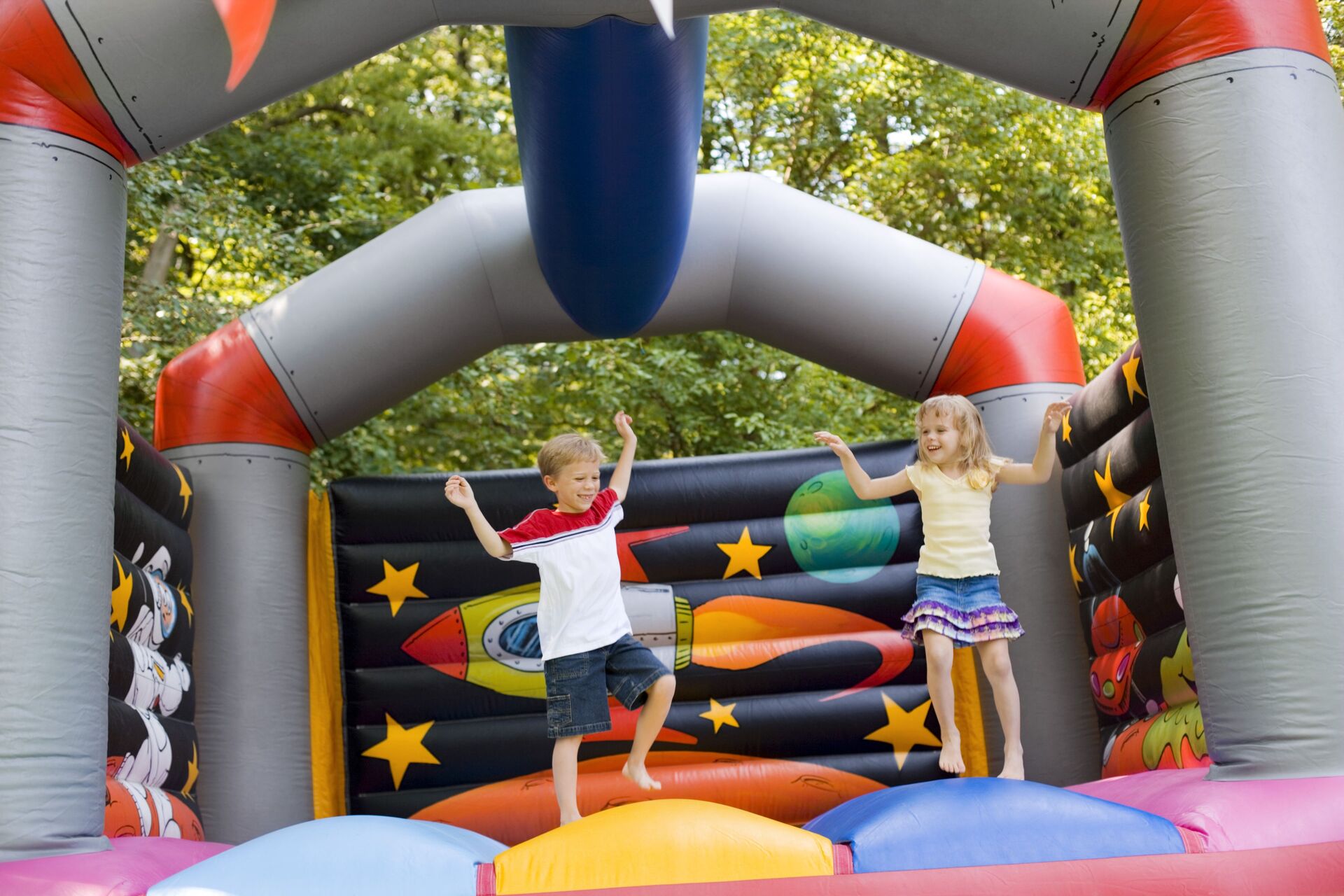

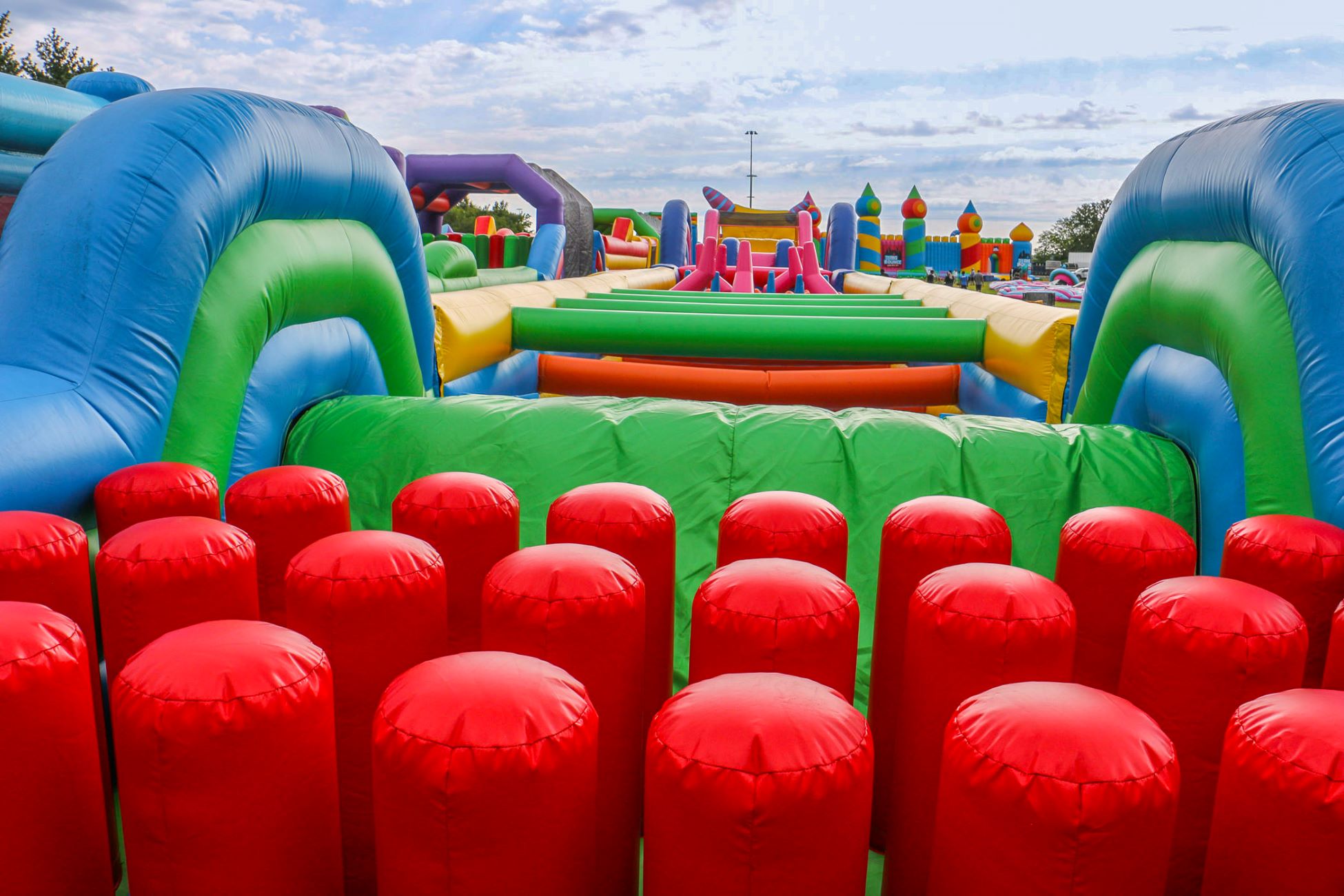
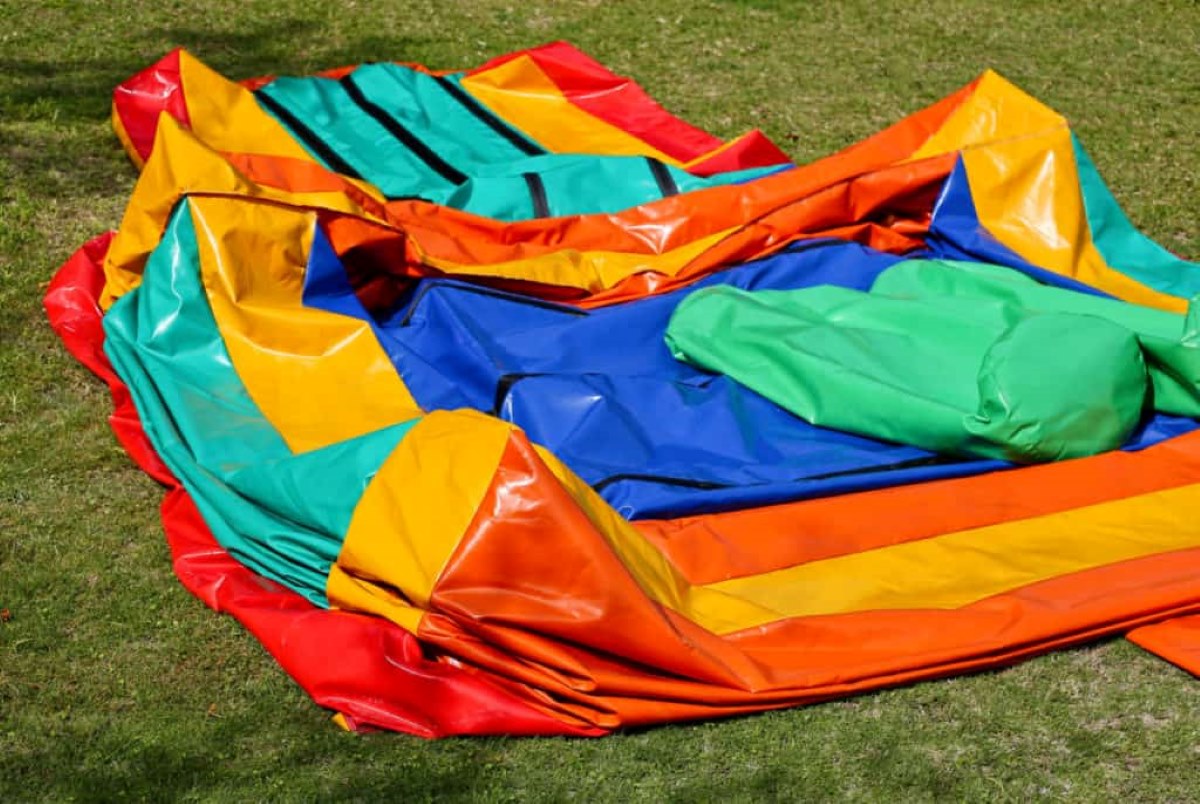
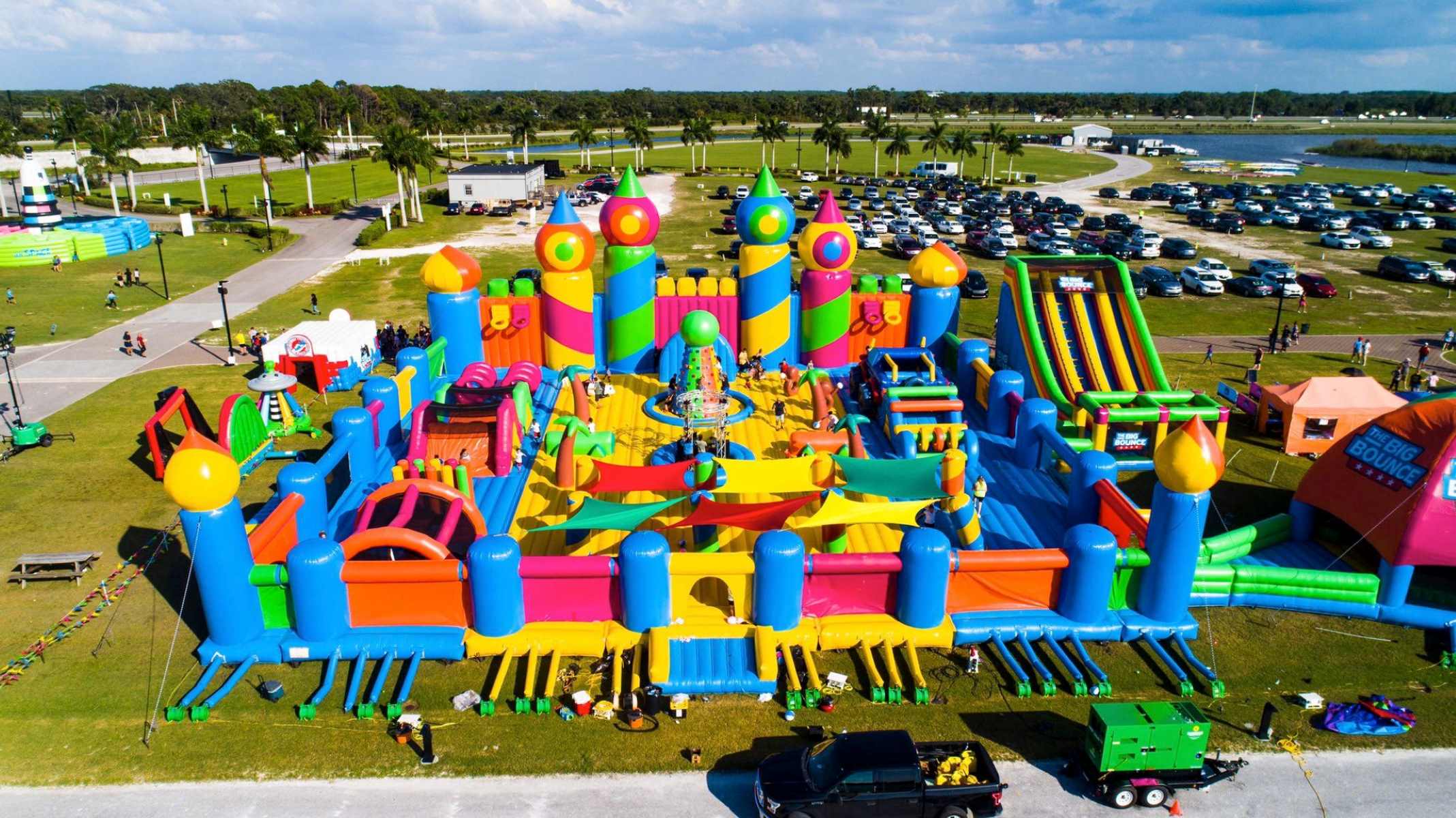
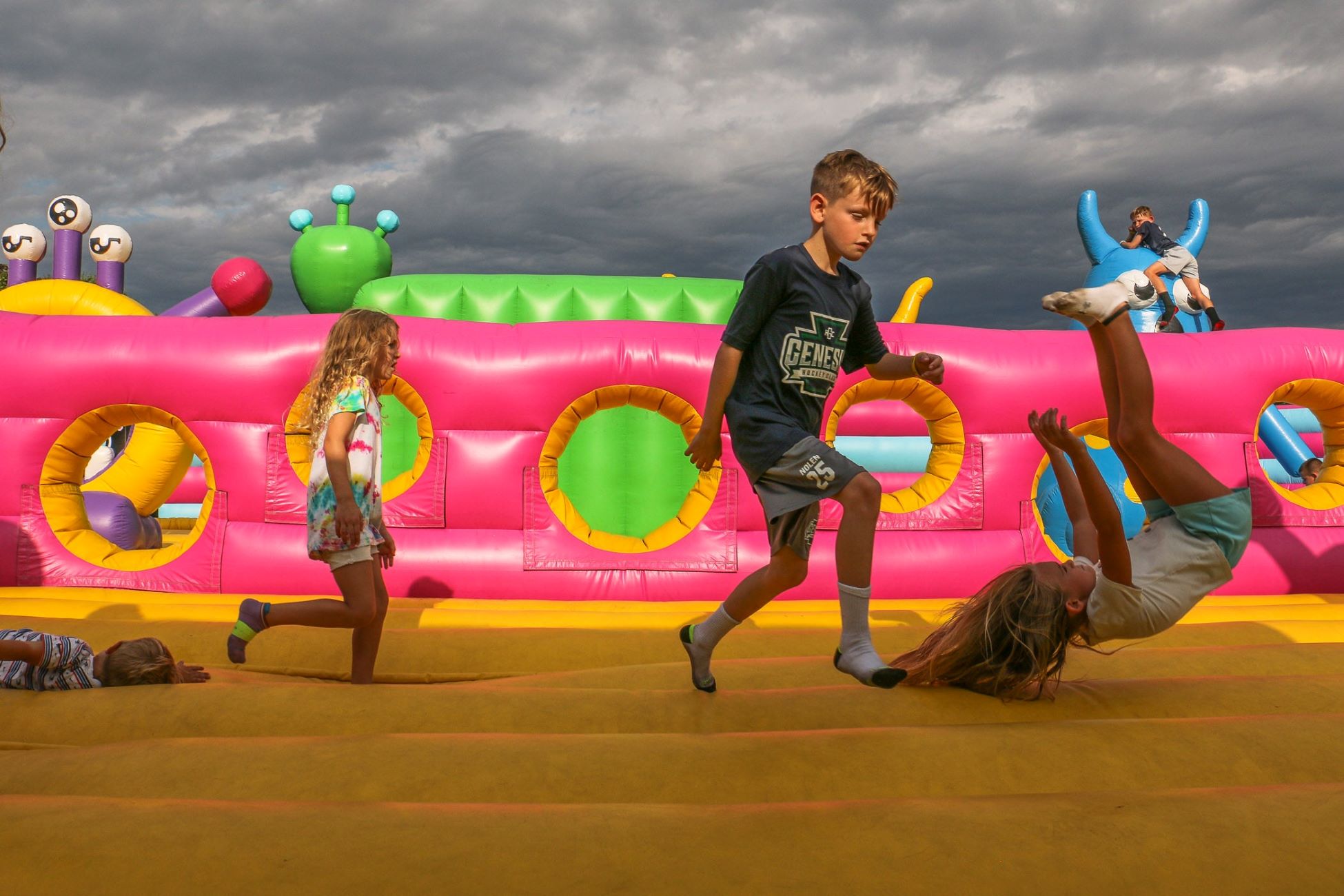
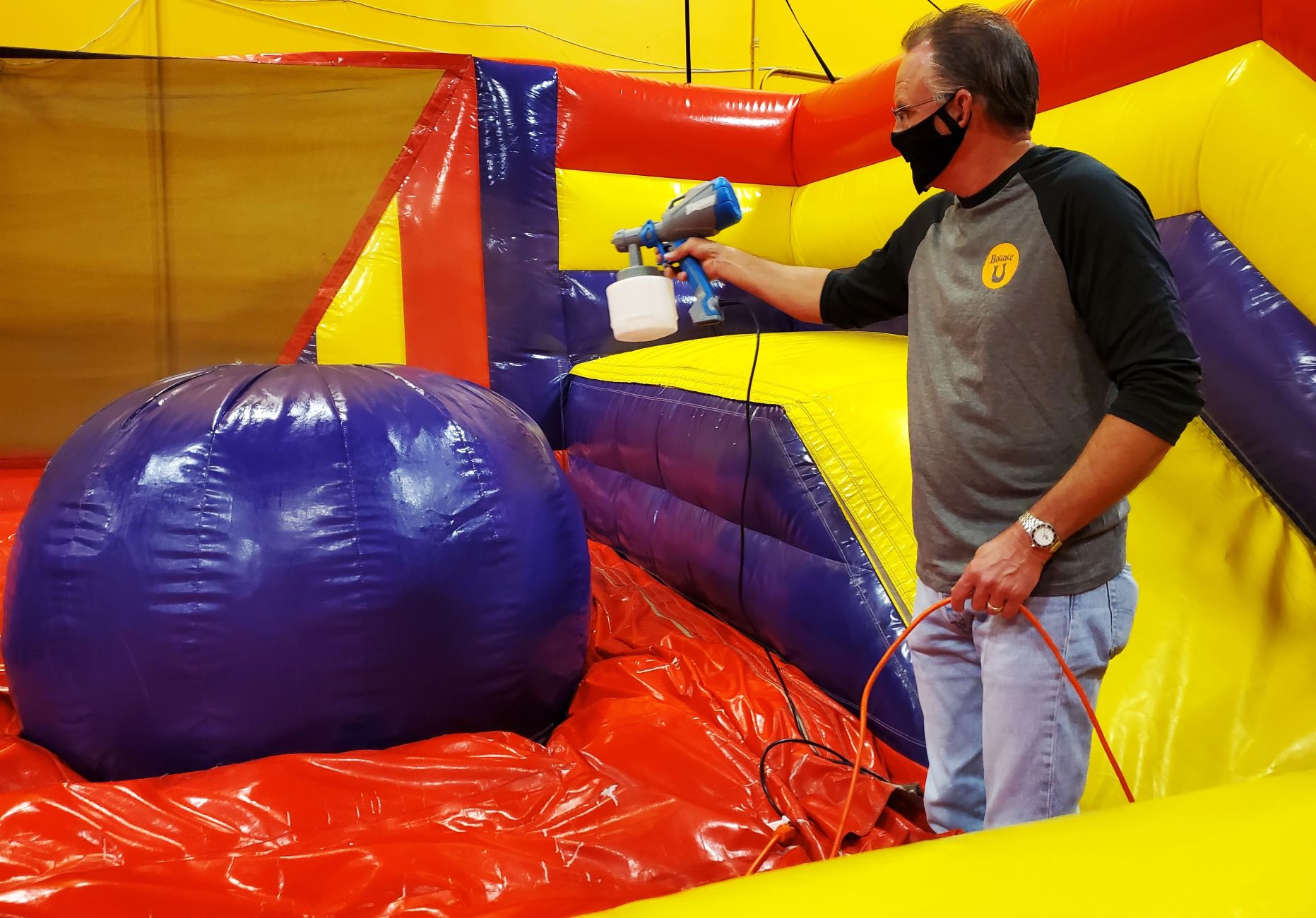
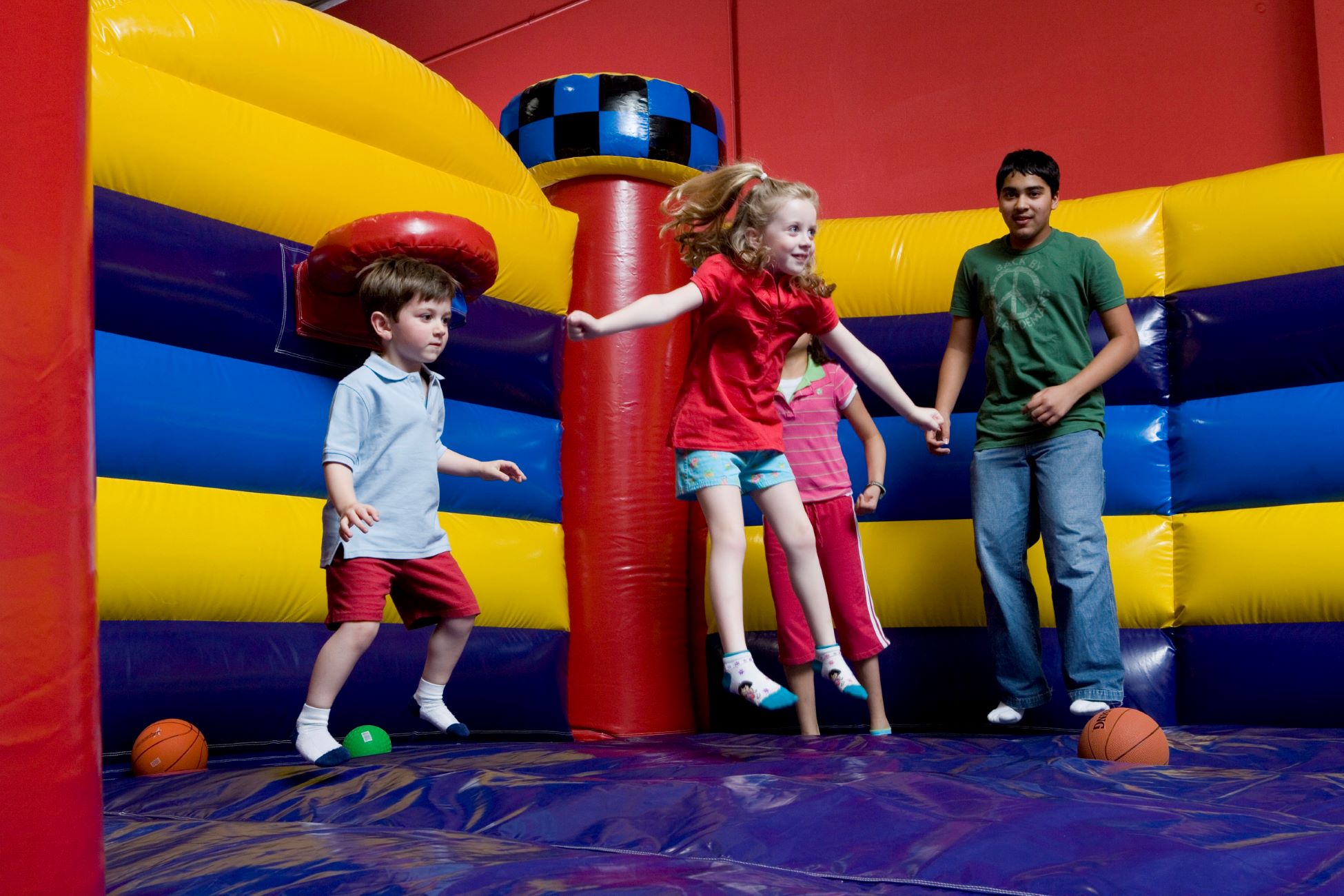
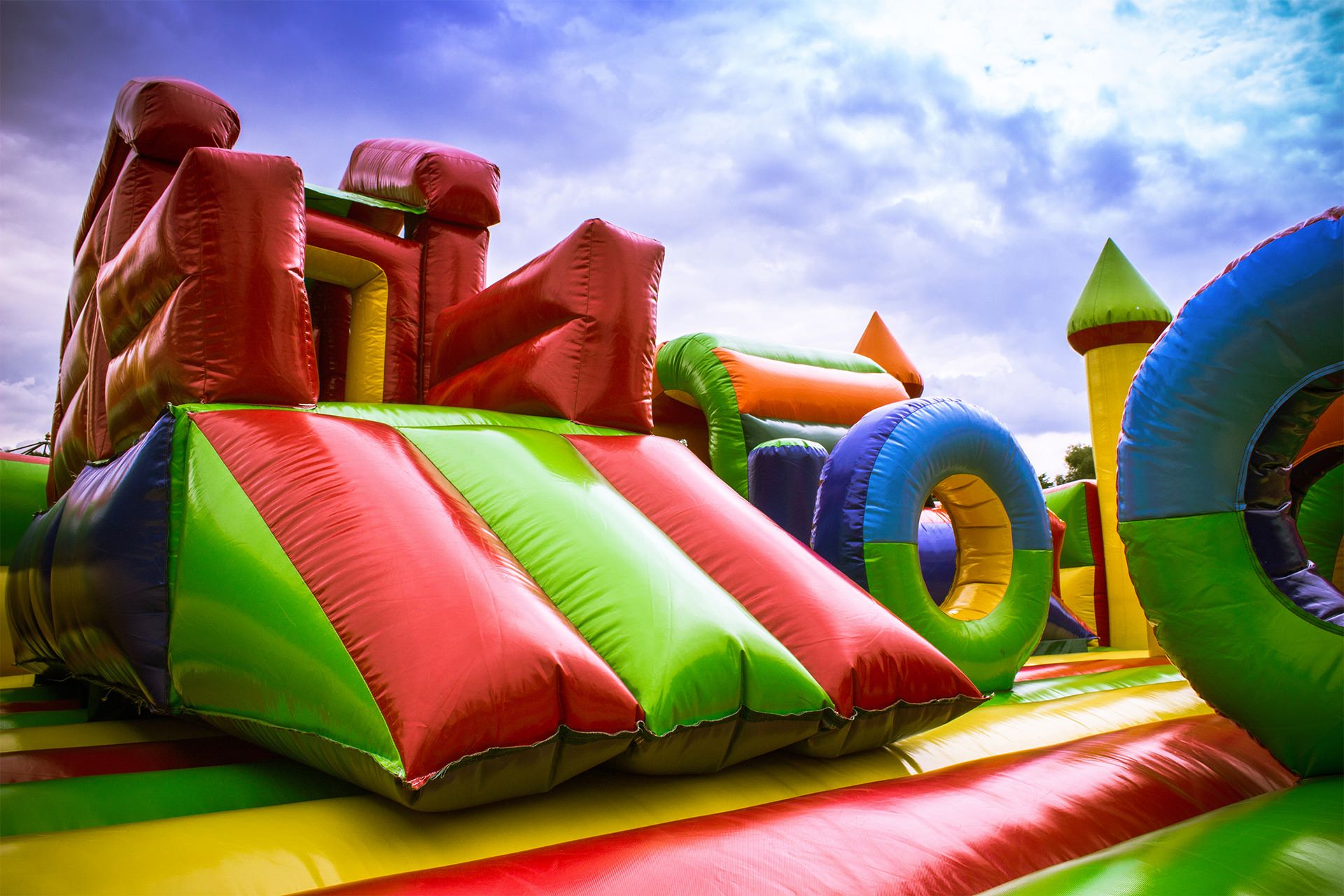
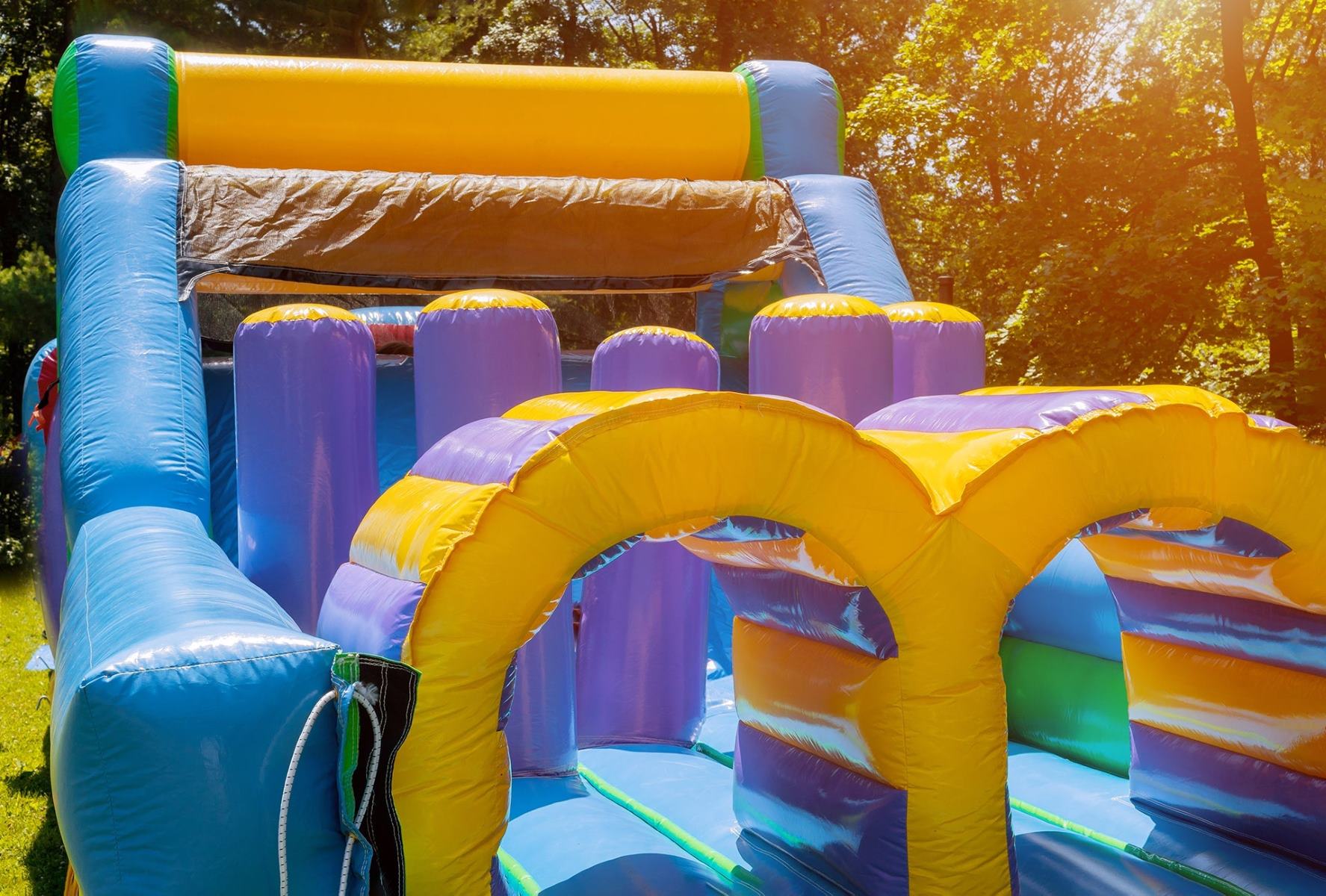

0 thoughts on “What Is The Weight Limit On A Bounce House”